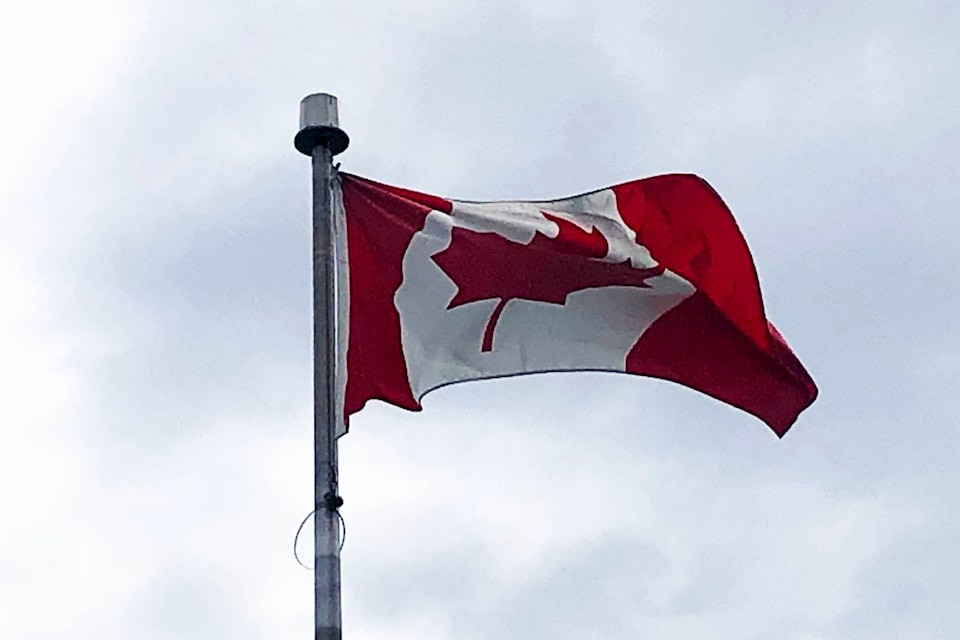Canada’s maple leaf flag will be on display for the nation’s birthday celebrations on July 1.
The day is Canada’s 155th birthday, and across the country, celebrations will include singing the national anthem, enjoying a barbecue and a piece of cake and plenty of flag-waving. It’s a day of patriotic pride.
In the past, the public flag-waving fervour would generally be limited to Canada Day. For the rest of the year, the symbol would be displayed at government buildings, schools, some public parks and the occasional private home.
These days, I’ve been noticing a proliferation of flags on houses, in apartment windows and on vehicles. In this community and many others, an increasing number of Canadians are flying the flag.
READ ALSO:
READ ALSO:
It is the most generic and visible symbol of Canada, recognized around the world. If the proliferation of the presence in this country is any indication, nationalism in Canada is on display much more prominently than in the past.
While Canada does not have laws governing the use of the national flag, there is a detailed guide to flag etiquette from the federal government. on how and where a flag is to be positioned and even how to fold one.
Flying the flag is a symbol of one’s national identity, but it also represents something much more important. A flag shows – or should show – a level of commitment to the country’s values and ideals.
“The flag is the symbol of the nation’s unity, for it, beyond any doubt, represents all the citizens of Canada,” former Speaker of the Senate, Maurice Bourget, said at the time the present flag was created.
The Canadian Charter of Rights and Freedoms, passed in 1982, identifies four fundamental freedoms. These are freedom of conscience and religion; freedom of thought, belief, opinion and expression, including freedom of the press and other media of communication; freedom of peaceful assembly and freedom of association.
These freedoms are part of a Canadian tradition, from long before the charter was put in place. In 1960, Canadian prime minister John Diefenbaker said, “I am a Canadian, a free Canadian, free to speak without fear, free to worship God in my own way, free to stand for what I think right, free to oppose what I believe wrong, free to choose those who shall govern my country. This heritage of freedom I pledge to uphold for myself and all mankind.”
A 2016 study by Nanos Research listed the top Canadian values. These included rights and freedoms, respect for others, kindness and compassion, multiculturalism, diversity and bilingualism, social values, equality, equity and social justice and tolerance and acceptance.
All this is about the freedom to think and believe as we wish. It also means showing respect to those around us. In short, the flag is a symbol of unity and inclusion. When the flag is used as a polarizing symbol, which happened during the convoy protests early this year, something has gone wrong.
Living up to the goals and ideals of this nation is worth far more than displaying the Canadian flag.
These freedoms and values set a high standard for this country. Displaying the flag, whether on Canada Day or at any other time of the year, should be seen as a sign of one’s commitment to those fundamental pillars of Canadian society.
John Arendt is the editor of the Summerland Review.
To report a typo, email:
news@summerlandreview.com.
news@summerlandreview.com
Like us on and follow us on .



